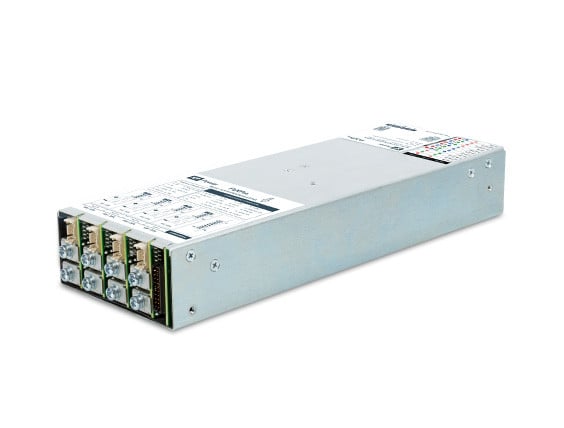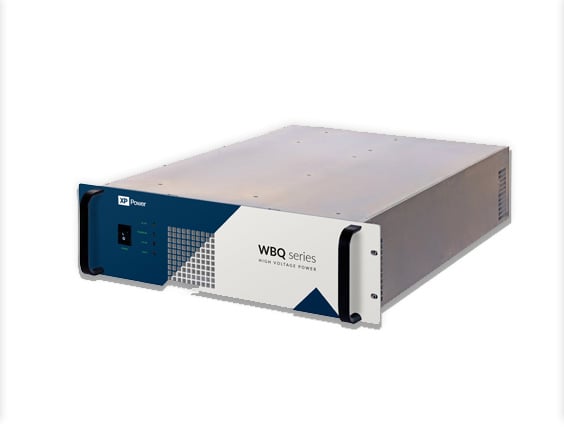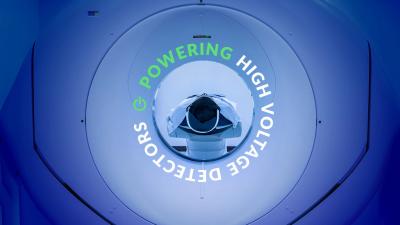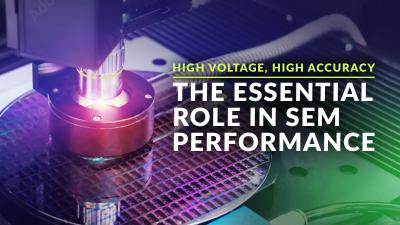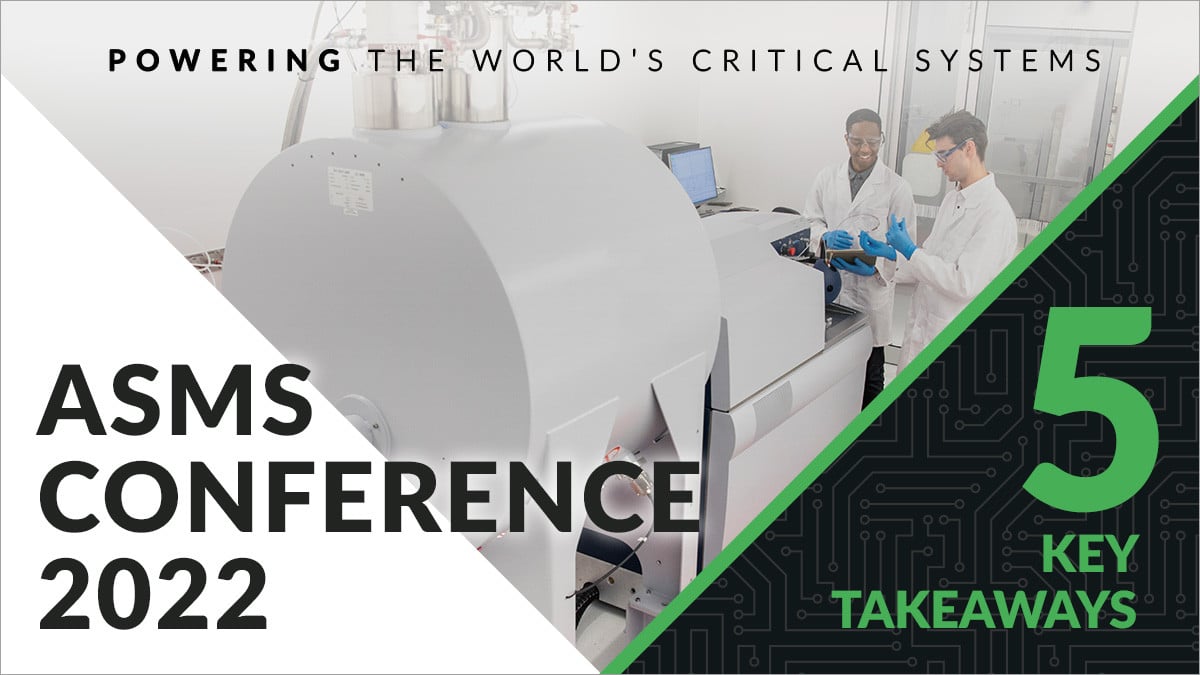
It was great to be back at the annual conference of the American Society for Mass Spectrometry (ASMS), which had much wider international participation for the first time since the outbreak of the Covid-19 pandemic.
OVERVIEW:
More than 5,000 people attended this year’s ASMS conference
Speed, accuracy, and size are driving innovation in the industry
Proteomics is a key focus area
AI/ML is gaining traction in mass spectrometry applications
Marking its 70th anniversary in Minneapolis, the conference was an opportunity to learn about the latest developments in the field of mass spectrometry, with the focus very much on the instrumentation and the way research can help make society more resilient to health challenges like Covid.
Here are five trends we took away.
1. Drug discovery is a top priority
Mass spectrometry has long played an important role as an analytical tool in drug discovery, due to its versatility, ease of use, and specificity. New drug discovery continues to be an industry focus and will play a critical part in adapting to individualized health care needs.
Disease research is highlighting how the different types and configurations of mass spectrometers are helping to understand how our bodies fight disease and how studies can be used to develop preventive measures.
2. Proteomics pushing precision medicine forward
Proteomics – the large-scale study of proteins – is another field in which mass spectrometry plays a key role.
As well as genetic analysis, proteomics is one of the factors driving the development of precision medicine, because it provides information about the physiological differences between biological samples based on protein levels.
Understanding the key components within our bodies will enable scientists to be better prepared for the management of any future dangerous diseases.
“Faster, more accurate instruments translate directly to higher analysis throughput.” – Uri Keshet, LC-MS Team Leader, UC Davis
3. Scientists are still looking for clues
It is the instruments and the latest developments that are happening in the labs using the different instrument platforms released by our customers that is making all this possible.
Researchers are using these instruments and analytical tools around them to search for new elements that can be used in specific applications, such as high-performance batteries or solar panels.
High accuracy, resolution, and reliability are critical here – qualities that XP Power’s high voltage HRC05 series and HRL30 DC-DC converters can provide. Both pack performance, reliability, and added functionality into miniature packaging, allowing our customers to deliver the ultimate performance in their equipment.
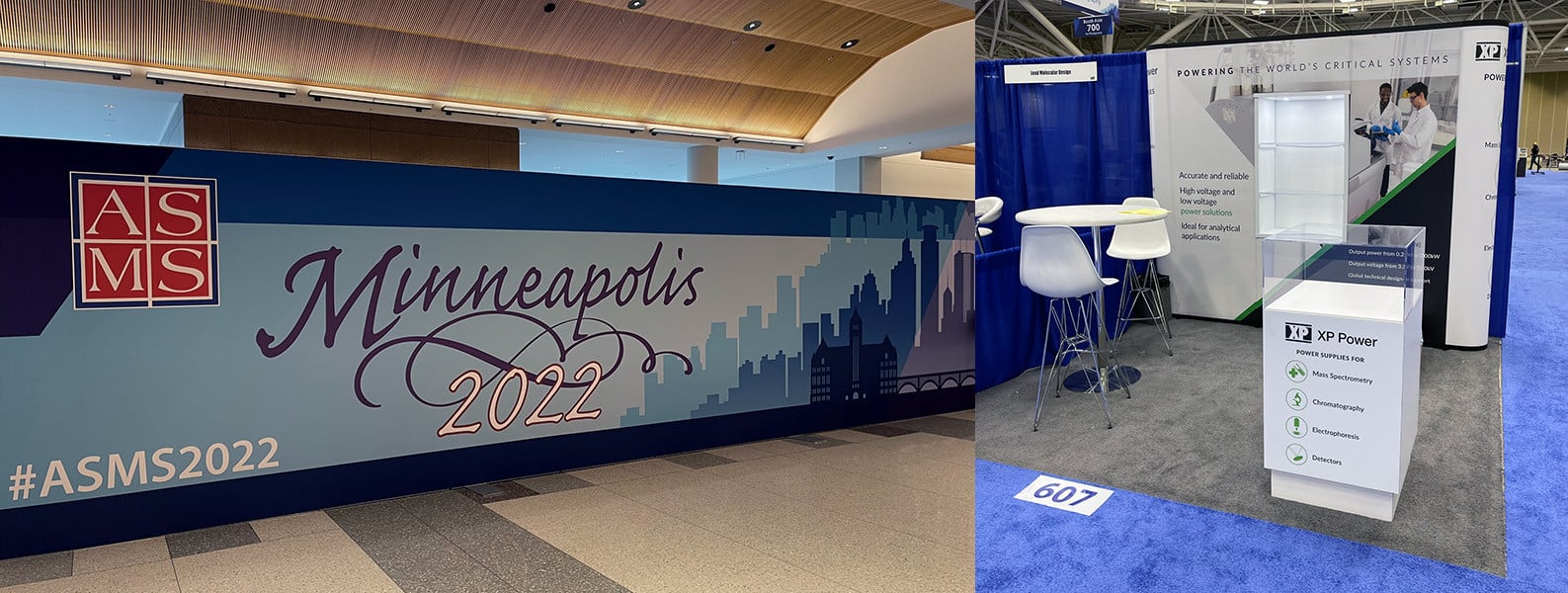
4. Mass spec catches up on AI
The application of artificial intelligence and machine learning to improve customer outcomes in mass spectrometry, which has lagged behind other industries in the adoption of this technology, was also a much-discussed a topic at ASMS.
Several workshops were designed to get researchers up to speed on what has been accomplished by combining lab tool data with AI and machine learning concepts to better predict outcomes or verify results.
5. There is a need for speed
As the rate of samples increases, greater speed is needed during analysis to keep up. The need for more accuracy and faster response times was a common theme during instrumentation discussions at ASMS. As Uri Keshet, LC-MS Team Leader at UC Davis, put it:
“In metabolomics, faster, more accurate instruments translate directly to higher analysis throughput and increased number of identified metabolites in biological studies. In this way, advancements in hardware development enable the field to provide solutions to an increasing number of scientific questions, and to increase our understanding of diseases, natural phenomena, and the development of drugs that affect all of humanity.”
